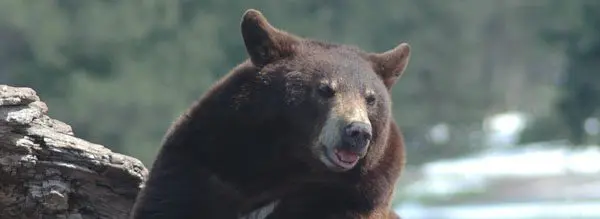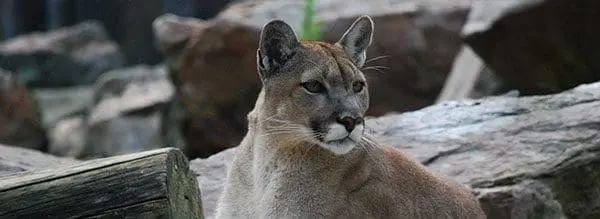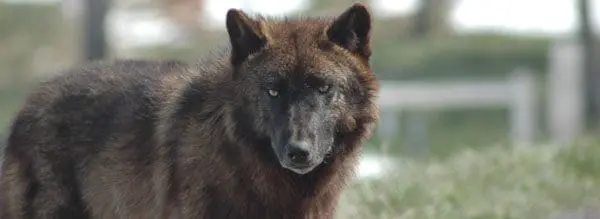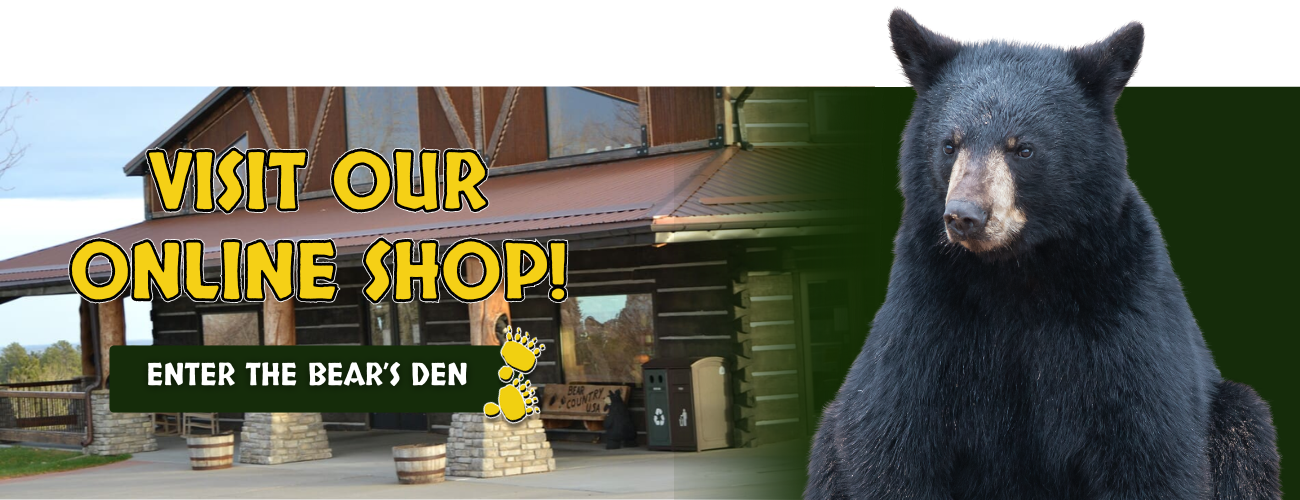A Unique Wildlife Experience
Come see black bears, elk, reindeer, cougars, bison and more!
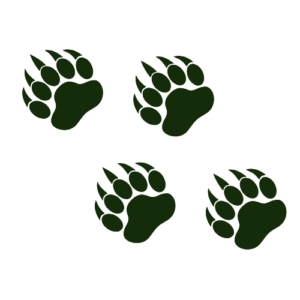
Drive thru and Walk thru Park
Come see the black bears, elk, reindeer,
cougars, buffalo and more!
Welcome to Bear Country USA!
Few people have had the unforgettable experience of a full-grown bear peering into their car window—and for those who have, it was probably unplanned! Seeing reindeer or elk up close in their natural habitat is just as memorable, and at Bear Country U.S.A. in the picturesque Black Hills of South Dakota, these encounters are all part of the adventure.
Spread across over 200 acres of lush pine forests and rolling meadows, just eight miles south of Rapid City, Bear Country U.S.A. offers an unparalleled opportunity to get close to wildlife. Guests can enjoy a relaxed three-mile drive through enclosures, spotting animals such as black bears, elk, reindeer, mountain lions, bighorn sheep, pronghorn, and bison. From the comfort of their cars, visitors can watch as bears climb trees, splash in pools, and stroll across the road just feet away.
Tickets are available for purchase at the admissions office or can be conveniently booked online using the link below.
Experience the Park
Upon entry, you’ll begin your journey with the drive-thru portion of the park. This winding road takes you through several animal enclosures set in a natural, spacious environment. Watch as the animals roam freely and enjoy their expansive habitats.
After completing the drive-thru, take a leisurely stroll along our Wildlife Walkway. This ¼-mile path offers even more opportunities for up-close views of a variety of animals!
Don’t forget to stop by the Bear’s Den Gift Shop—there’s something for everyone. For a quick bite or refreshing treat, visit the Cub Grub Snack Shack while you relax and take in the sights of the park.
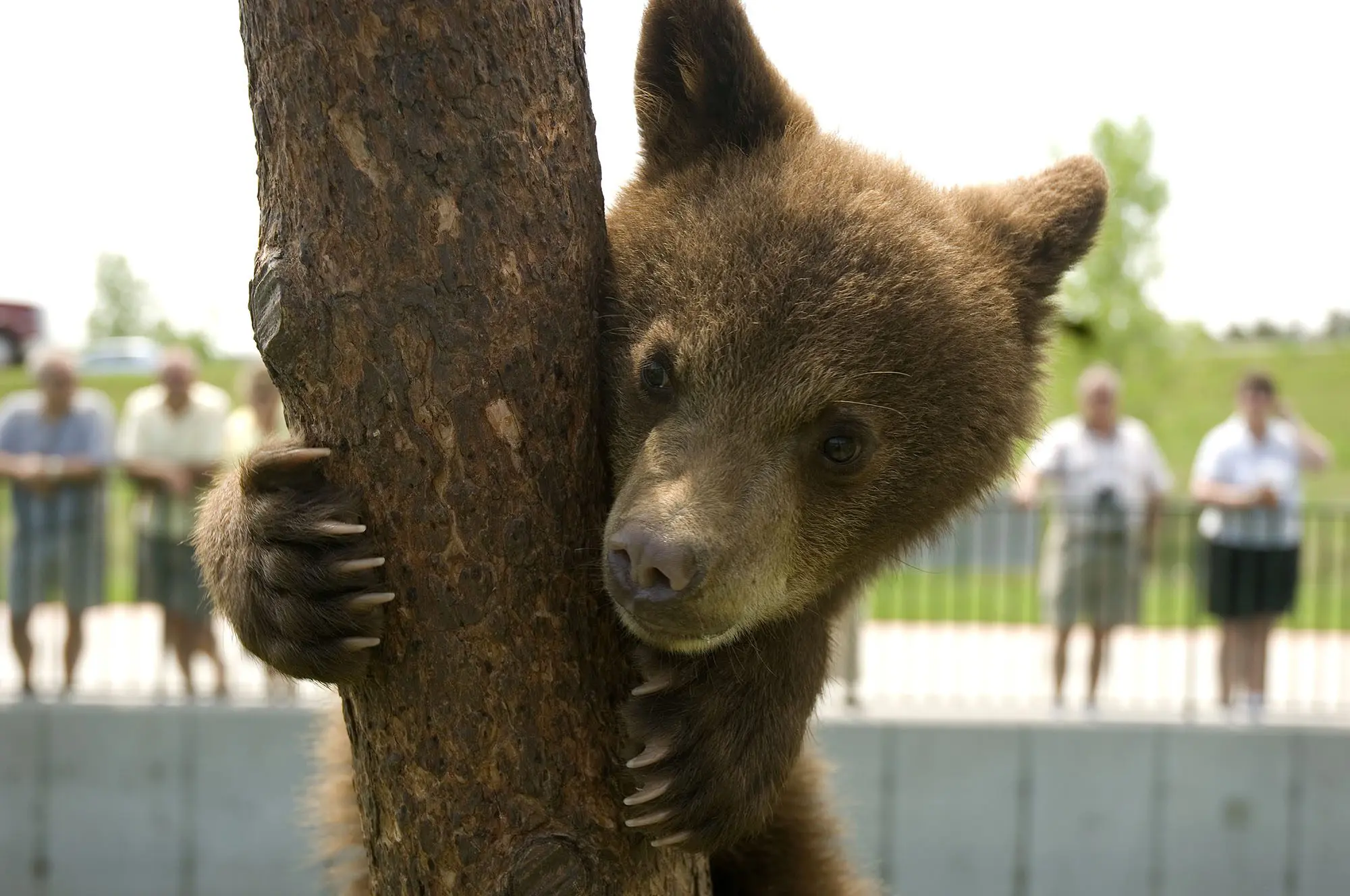
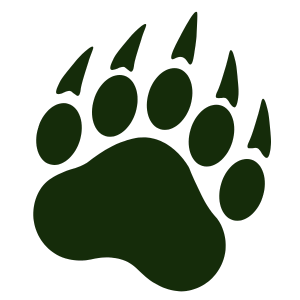
Discover Our Wildlife
At Bear Country USA, discover the excitement of seeing bears, mountain lions, timber wolves, and more in their natural habitats. Our park offers a rare opportunity to observe these magnificent creatures up close. Come and explore the wild side of South Dakota like never before.
